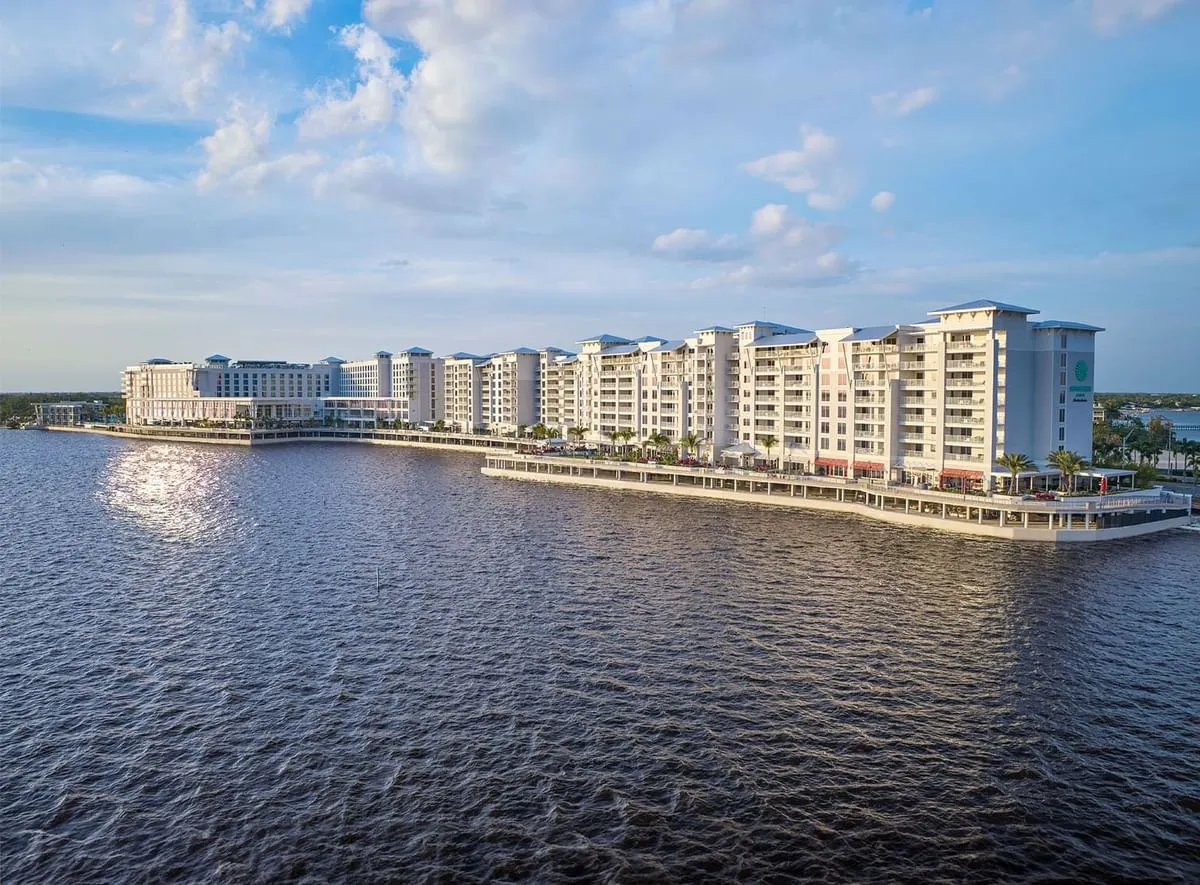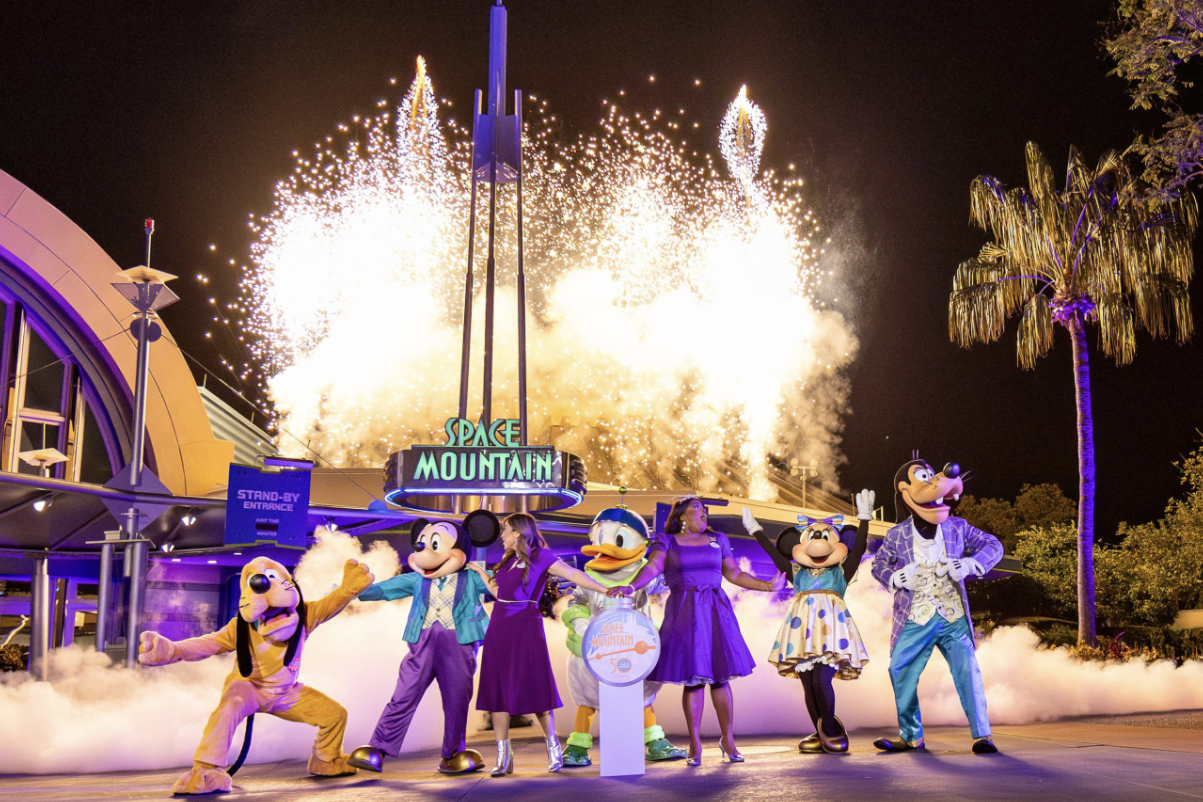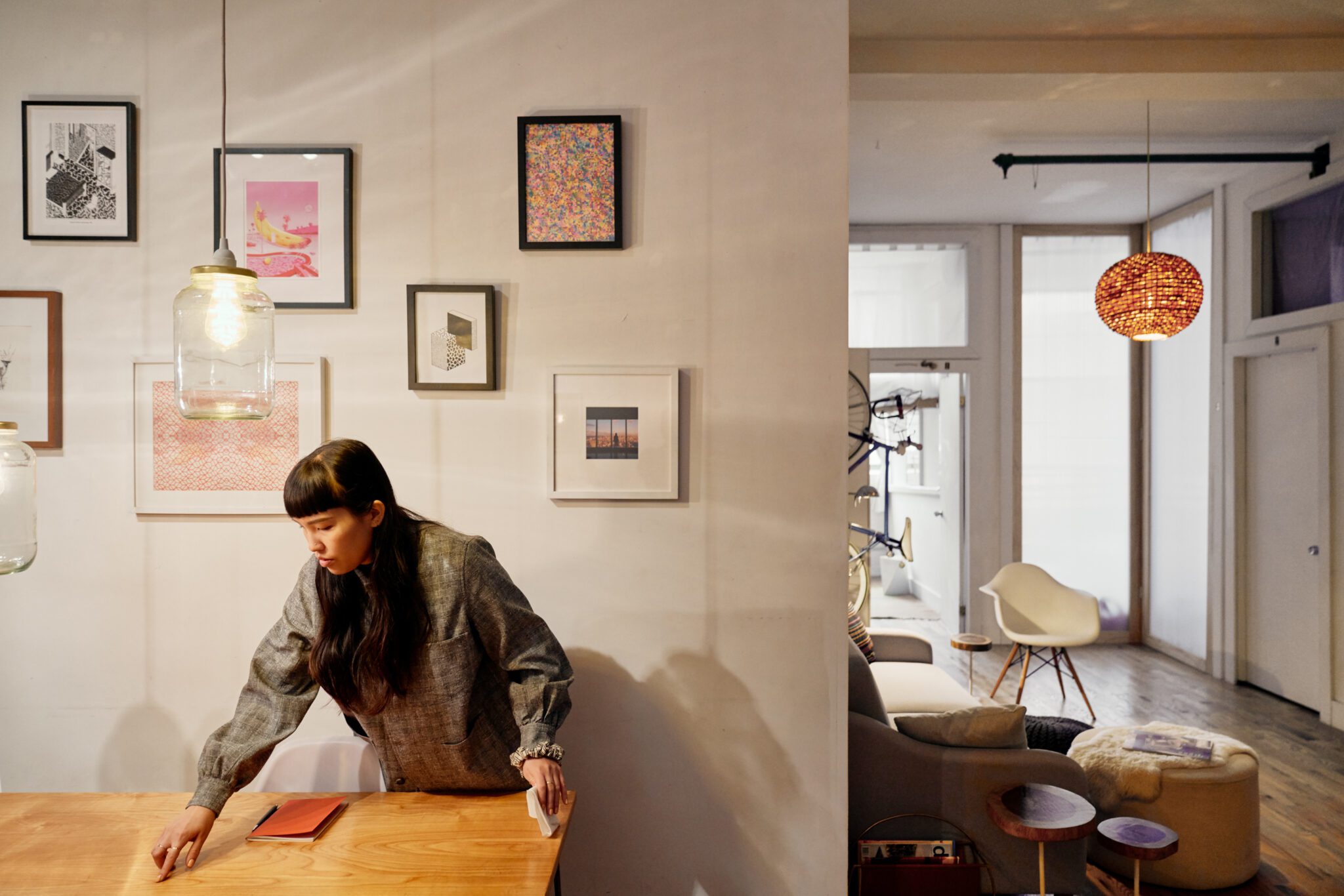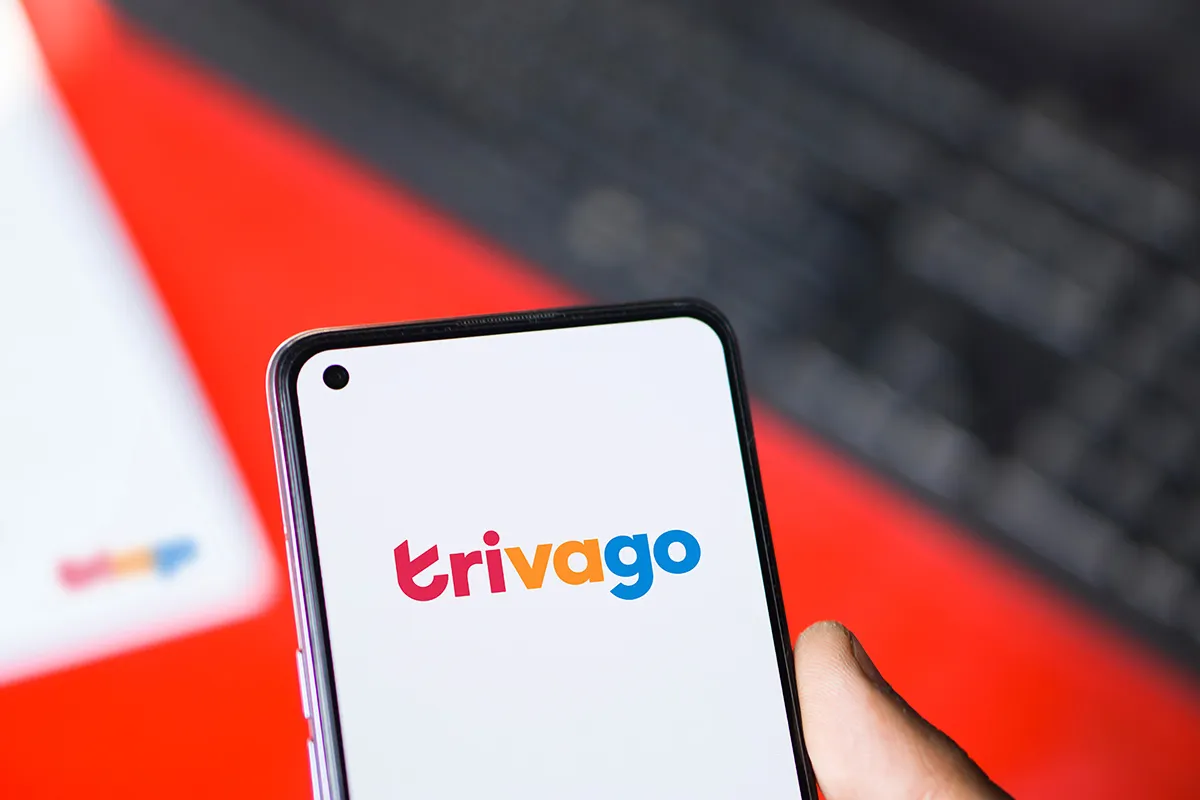The Future of Meetings Is Cold and Exclusive at Sweden's Icehotel
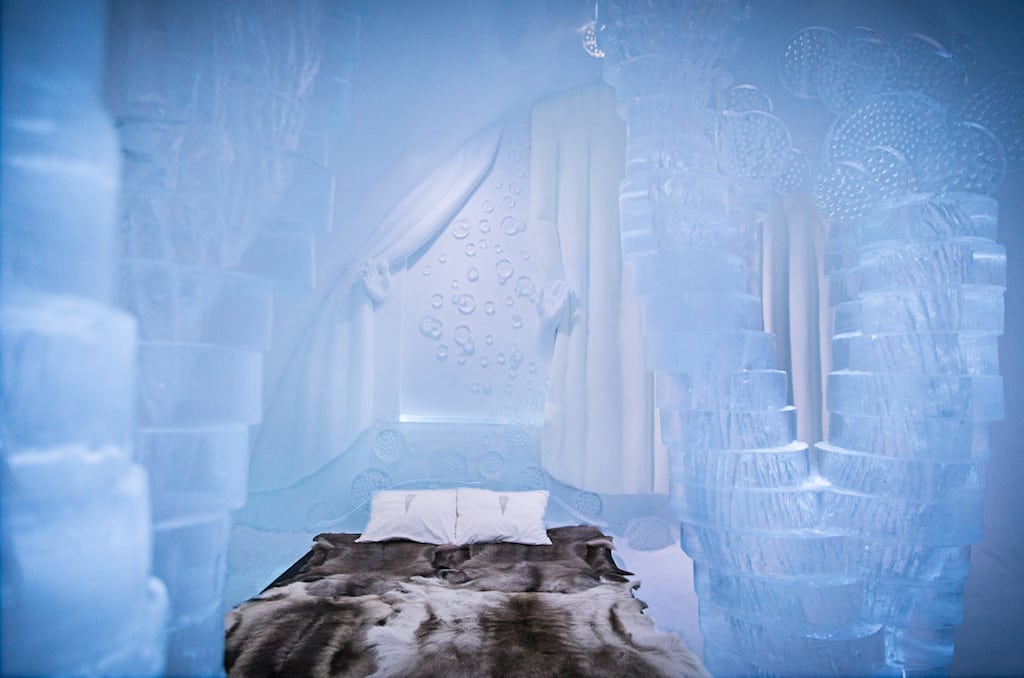
Skift Take
The dogsled ride from Kiruna Airport in northern Sweden to Icehotel is one of the great airport transfers in the world, ranking up there with the lagoon boats in Bora Bora and helicopter flights from Nice to Monaco.
It's a 90-minute flight due north from Stockholm to Kiruna located high above the Arctic Circle. When you first walk outside the terminal, you can hear the dogs barking because they don't like to sit around. Everyone is then provided high-tech snowmobile suits for the 4-person sleds pulled by 16 pure-bred Siberian huskies.
Unique group experiences like the dogsled ride have elevated Icehotel into one of the meeting industry's most innovative locations for corporate incentive programs.
Top selling sales executives and high-value business partners—the type of people who are recognized with incentive travel reward trips—have always demanded aspirational travel experiences that they wouldn't generally purchase on their own.
Today, however, Millennial incentive travel winners also tend to want more educational, innovative, adventurous and socially responsible programming, which defines the Icehotel experience.
"Last year we did about six million Swedish kroner (U.S. $700,000) in corporate group business total," says Dan Hollström, director of sales at Icehotel. "This year we already have bookings for more than nine million kroner, and we still have some holes to fill in February and March."
Icehotel opens this Friday as an entirely new property for the 26th year in a row near the small community of Jukkasjärvi. Every November when the Torne River here freezes over and the ice reaches the required thickness, tractors with huge custom-made chainsaws carve out square ice blocks the size of a Volkswagen.
On the river banks, arched metal frames are erected to create the shape of the hotel. The ice blocks are placed on top and all around those frames, and then the gaps are filled with "snice"—snow and ice water. After a few cold nights to let everything fuse solidly together, the frames are removed and Icehotel is (re)born.
In April, the pop-up property melts and flows back into the river from where it came, completing a lifecycle aligned with the seasonal rhythms of Swedish Lapland.
The Icehotel Experience
The mission of the world's most innovative igloo is to position sustainable travel and green building as something not as intensely boring as usual for the average person. From the very beginning, the goal has been to bring together sustainability, artistic expression, adventure travel, and economic development for the community.
For example, every fall, the hotel invites ice carving artists from around the world to submit designs for individually themed Art Suites. For 2016, the 50-room resort will feature 19 of these artistic accommodations, including one with a life-size elephant sculpture to connote an "elephant in the room" theme.
Past creative innovations have included a TRON suite themed after the movie, with fiber optic lighting embedded in the ice. There was also a recent BMW/MINI partnership in a guest room with ice chairs shaped like Recaro bucket seats and other allusions to MINI car culture.
Corporate partnerships provide a lot of marketing exposure and cool factor for Icehotel, like the new Icebug commercial filmed here this year (above video). Icebug makes running shoes that grip the snow well, so part of the advertisement shows a female runner jogging through Icehotel and across the snow-covered Torne.
Of course, the first two questions everyone always asks about Icehotel are related to the beds and bathrooms.
All hotel rooms have beds made out of ice with reindeer rugs for bedding, which is not quite as uncomfortable as it sounds. Guests sleep in heavily insulated sleeping bags while wearing the full-body snowmobile suits for added padding and warmth.
For 2016, there will be two "luxury suites," which at Icehotel means they will include bathrooms. For all of the other rooms, there's a traditional building next door with modern facilities.
When guests wake up in the morning and walk outside, especially after a snowfall, the hotel is indistinguishable from the land and river. The visitor feels wholly connected to the earth and in tune with nature, suspended in an utterly peaceful world of whiteness without borders.
Most guests only do one night in the ice rooms. Icehotel also has traditional "warm rooms" where guests usually move for the remainder of their stay.
So you can fall asleep more easily, it helps to spend a few hours before going to bed at the Absolut Icebar, which only serves Absolut cocktails in square ice glasses hollowed out with an ice drill.
For the last two years, the engineers have used a new system to build the Icebar. An industrial strength balloon is inflated to build the ice forms around, and then after the forms fuse together, the balloon is deflated and removed.
Meeting planners can organize group sessions where engineers describe how the innovative building processes have evolved over the last 26 years, which Hollström says are popular for scientific, tech and engineering companies. Planners can also schedule incentive trips during the actual construction of Icehotel.
The Future of Icehotel
The property just announced plans for a new permanent building to open in December 2016, with 15-20 ice rooms operating year-round. The summer ice wing will be covered with a grass roof and fully powered by solar energy to run the sub-zero refrigeration process.
In the summer, Icehotel staff offer a behind-the-scenes look at the extensive geo-thermal, wind energy, and solar powered systems that operate the hotel with minimum economic impact.
"We're actually now creating more energy than we need, so we're trying to figure out what to do with the excess," says Hollström. "We'll probably sell it to someone."
There's also a full stable of group activities including ice sculpture lessons, Swedish sushi-making classes, offsite snowmobile tours, and riding reindeers with members of the local Sami culture, who have hunted reindeer here for centuries.
"We have been trying to market the summer more, because we have river rafting, mountain biking, hiking—it's fantastic in the summer but people haven't really realized that yet," says Hollström. "But we are seeing a growing market from the Asian countries, especially India and China, because they come for the nature and they can walk in the mountains for hours. Summer occupancy for 2015 was about 40%, but it was much less even a few years ago."
Subscribe to the Skift MeetingsIQ newsletter for strategies disrupting the meetings and events industry.

